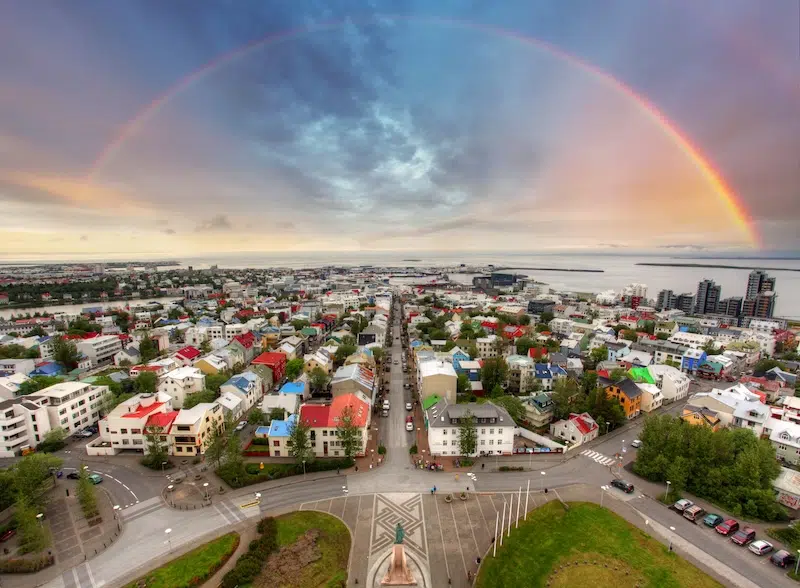Free and exclusive discount codes for hundreds of tours and & travel services in Iceland
Subscribe to instantly receive discount codes for tours, car rental, camper van rental, and outdoor clothing rental. Thank you! ❤️ Jon Heidar, Editor of Stuck in Iceland Travel MagazineOne of the best ways to save money while exploring Reykjavik is to use the Reykjavik City Card. This handy card is a traveler’s key to unlocking Reykjavik’s culture, history, and activities. Dive into Iceland’s museums, enjoy the city’s geothermal pools, or take in the sights on a boat trip using the Reykjavik City Card. It gives you an affordable and convenient way to experience it all. It is easy to get the Reykjavik City card; you can purchase it online at the Visit Reykjavik site.
The many perks of the Reykjavik City Card
The City Card gives you free entry to some of Reykjavik’s top attractions. This includes the National Museum, the Reykjavik Art Museum, and the National Gallery of Iceland. But the benefits don’t stop there—it also includes free bus travel within the Reykjavik capital area, discounts on various tours, activities, shopping, and even a trip to the enchanting Videy Island.
To delve deeper into how this card can enhance your visit, I interviewed Margrét Wendt and Kristján Bjarki Jónasson, who oversee the Reykjavik City Card service at Visit Reykjavik. They have an insider’s perspective on how to use it best to make the most of your visit.
What inspired the creation of the Reykjavik City Card, and how has it evolved since its inception?
City Passes appeared in the late 1990s as a convenient way to offer travelers affordable admissions to multiple attractions within a city or region. The Reykjavík City Card was part of this wave. In 2000, when Reykjavík was the cultural capital of Europe, there was a discussion about implementing a pass that would include admissions to various museums in Reykjavík. Three years later, the Reykjavík City Pass was issued. Since then, the card’s name was changed to Reykjavík City Card.
The Reykjavík City Card now encompasses admissions to museums and eight public swimming pools in Reykjavík; It also includes all public us transportation in the Reykjavík capital areal. There are three versions of the card, each with a different validation period: 24, 48, and 72 hours. The card is purchased online, a voucher is issued, and the customer can pick it up in various places in central Reykjavík. The Reykjavík City Card is managed and issued by Visit Reykjavík, which, since 2023, has been a destination marketing and management office for the whole Reykjavík capital area.
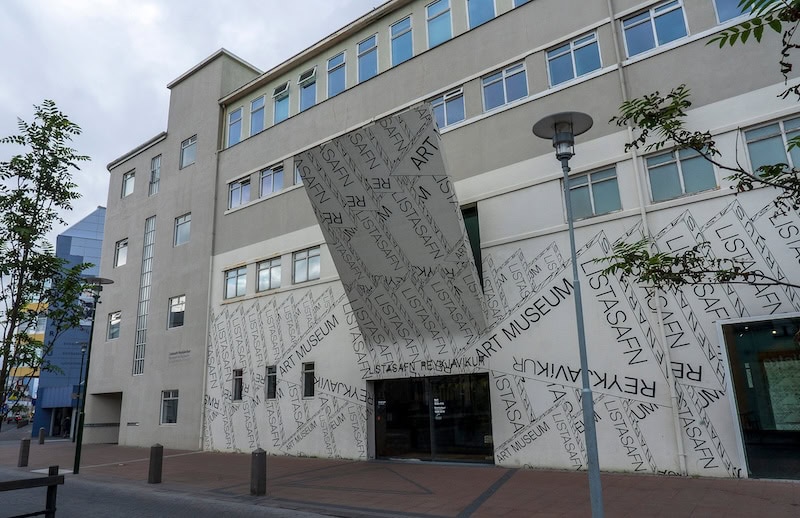
Can you share some of the most popular attractions unlocked by the card?
The objective of the City Card was to increase attendance at museums in Reykjavík. Indeed, museums remain the most popular attractions for most customers. The three large museums in the center of Reykjavík, The National Museum, the Hafnarhús branch of the Reykjavík Art Museum, and the National Gallery of Iceland receive the most significant number of visitors. The Settlement Exhibition in Reykjavík’s center has also gained popularity. After all, visitors have become more curious about Iceland’s Viking Age. The City Card also provides access to the swimming pools, one of the most popular meeting places for Icelandic locals. A new and improved digital Reykjavík City Card will give us much-needed information on the interests of the cardholders and their choices.
How does the City Card benefit the local community and businesses in Reykjavik?
Visit Reykjavík encourages visitors to venture outside the historical centre of Reykjavík and explore the whole capital area. The aim is to make the travel industry in the region more sustainable. We know that the local community will see travelers more positively if they experience a more comprehensive range of destinations within the area. The critical component to do this is to help visitors use public transport, and the Reykjavík City Card does that.
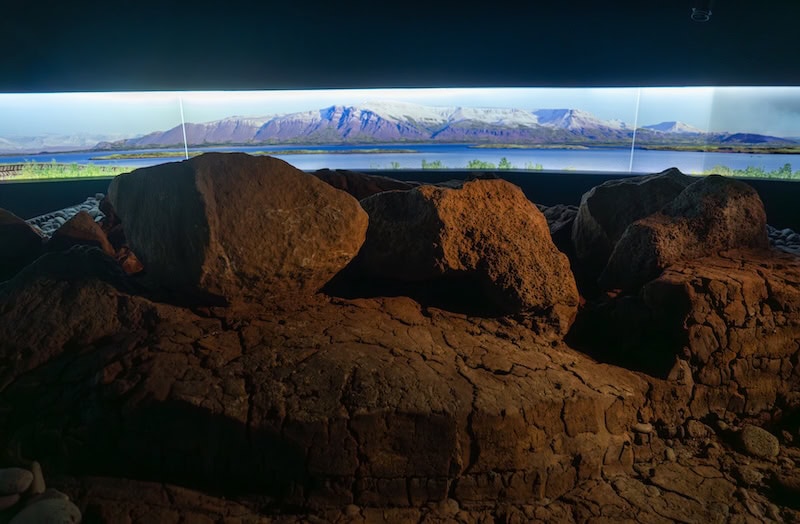
Therefore, we at Visit Reykjavík would like to rephrase the question and instead ask what the City Card can do to benefit the local community in the Reykjavík Capital Area. With the Reykjavík City Card, it is possible to take a bus to Hafnarfjörður in the southern part of the area. There you can visit its beautiful old town built into a lava field. It is a lovely area with an ocean view and many great cafés. This is a great way to experience the Reykjavik area in a new and exciting way. This is especially true if you have a 48 hours or a 72-hour card,
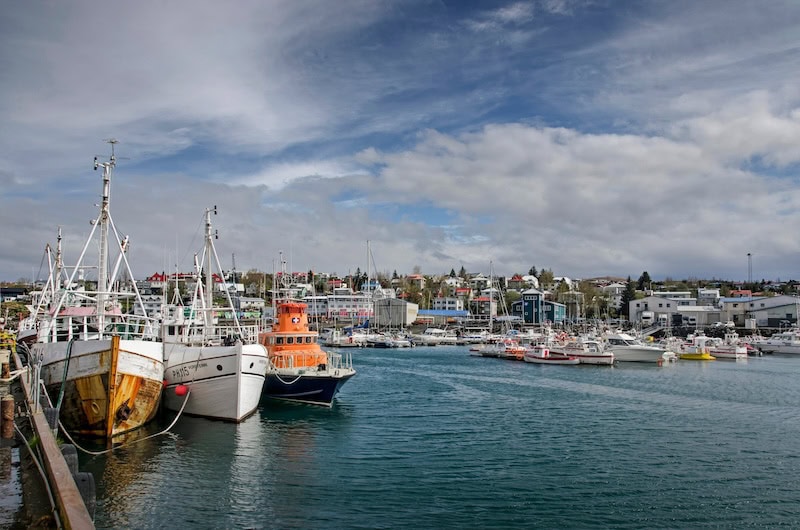
Are there any new features or partnerships planned for the City Card in the near future?
We are currently working on the next steps in developing the City Card. This will include digital solutions and the possibility of adding more attractions. Feedback from our customers indicates that a digital card would enhance its usability. Customers will be able to validate their cards upon purchase, enabling immediate use for activities such as hopping on a bus or swimming. We aim to introduce these improvements in the Spring or Summer of 2025.
What feedback have you received from international visitors who have used the City Card?
Our reviews are overwhelmingly positive, and we are sometimes amazed by how positive they are. People often describe a perfect day. It goes like this: waking up, collecting the card, and going from one attraction to the next using public transport. They use the card to get discounts at other attractions or services. They are delighted with how much is included in the card, considering its price. We know how quickly you get back what you have paid for.
Unlock big value
The cost of a 24-hour card is returned with one bus transfer, one admission to a museum, and a visit to another attraction. A good plan is to visit up to three or four museums in the center of Reykjavík, plus a dip into a local swimming pool. This would cost you double the price of one 24-hour card. This does not include all the other benefits, such as discounts for tours, attractions, or services like BagBee.
How can visitors make the most out of the card?
Prioritize the attractions. People often travel around the country for a few days or weeks. However, many only have only one day in Reykjavik before they fly back home. Many use this last day in Iceland to visit the museums in Reykjavík’s center. The 24-hour card is then an obvious choice. It includes admissions to museums and discounts for admission to other attractions, such as the Perlan Museum. Customer reviews and comments indicate that this museum round trip is enriching. It requires that people plan to get as much out of the validation time of the card as possible.
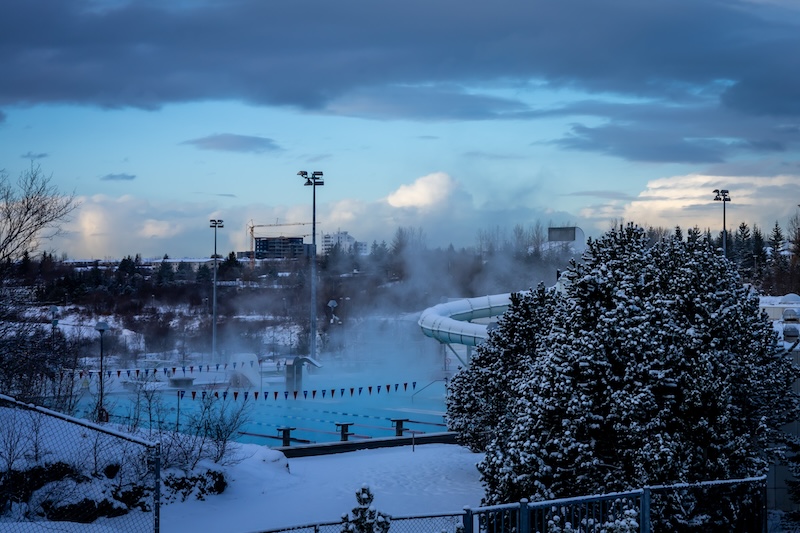
Try swimming pool hopping
The average visitor in the Reykjavík capital area spends 2 to 3 days in the region. In these cases, the 48-hour or 72-hour card enables them to take better advantage of the selection of museums and swimming pools. We urge these visitors to try a day of “swimming pool hopping.” Try out 3 to 5 pools in the two or three days they spend in Reykjavik. The swimming pools have many different bathing options, ranging from steam saunas, dry saunas, and cold baths to hot tubs, all heated with geothermal water. These pools are mini spas.
What are your favorite places and activities here in Reykjavik?
Each of the municipalities in the Reykjavík capital area has excellent restaurants and coffee places. We are tempted to explore their possibilities whenever possible and curious about new places and delicious treats. One new and exciting place is the café and exhibition space Höfuðstöðin in the Ellidardalur district. It features a permanent exhibition of a large multi-sensory installation, Chromo Sapiens, initially conceived for the Biennale in Venice by the artist Shoplifter. Both the installation itself and the surroundings are perfect for families. There are various crafting courses and other activities on offer on most weekends.
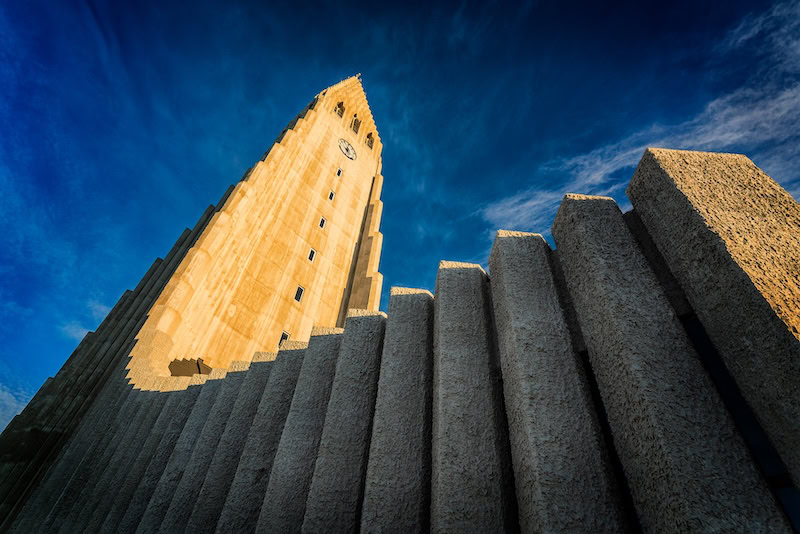
We visit at least one exhibition in the Reykjavík capital area on weekends. The small but ambitious art museum Gerðarsafn in Kópavogur is often our choice. It is also always rewarding to see what exhibitions are on in the Kjarvalsstadir branch of the Reykjavík Art Museum. Note that it also has a good restaurant. Hallgrímskirkja cathedral is some 10 to 15 minutes walking distance from Kjarvalsstaðir Museum. The cathredral is one of the significant landmarks of Reykjavík, and in its vicinity is the historical center of Reykjavík, with many stores, restaurants, and cafés.
What advice do you have for those visiting Reykjavik for the first time?
A simple but good advice is to purchase the Reykjavík City Card, preferably the 48-hour card, and go swimming pool hopping. Combine this with visiting one museum visit each day. Every pool included in the Reykjavík City Card has its distinctive features. Some offer views, such as the Árbæjarlaug pool in the Árbær district. Others are architecturally interesting, such as the Sundhöllin pool in the Reykjavík City Centre. Reykjavik’s newest pool, Dalslaug in the Úlfarsárdalur district, offers an opportunity to hike up to Úlfarsfell mountain. This is one of the most popular hiking routes in Reykjavik. You can see most of the region and out into the bay from the observation deck. After the hike, visiting the Dalslaug pool and soaking in the hot tubs are perfect.
A visit to two to four pools in the various districts of Reykjavík showcases the majestic nature that surrounds the city. The pools offer the blessings and healing power of geothermal water. In the pools, you discover a key component of the local culture: the “sundlaugamenning,” the swimming pool culture. For many Icelanders, a daily visit to the pool is a necessity.


